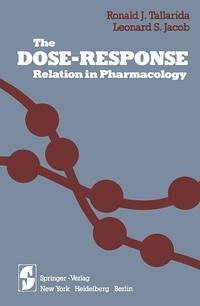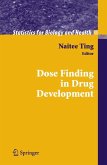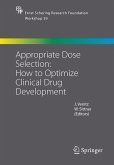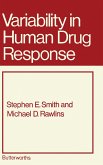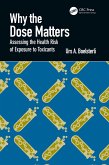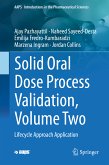This book is designed to meet the modern need for a better understanding of drug-receptor interaction as applied to the gathering and interpretation of dose-response data. It is an introduction suitable for any student who has had a first course in pharmacology. This book is an extension of the pharmacology course into one area of what is now known as molecular pharmacology. The material included is an outgrowth of courses that we have given in recent years to health-science students in several professional schools and universities. The area of drug-receptor theory, although just a part of molecular phar macology, is already very broad. One major line of investigation is concerned with the chemical and structural nature of specific receptors and with efforts to isolate specific receptors. Another line of investigation is concerned with the kinetic theories of drug-receptor interaction, the effort there being to provide a general theory that is applicable to wide classes of drugs. We have chosen to deal with the latter. There are several reasons for our choice of topics. First, the information is very practical; that is, it permits one to use properly and consistently terms such as "efficacy," "partial agonist," "pure antagonist," "potency," "pA2'" etc., when describing drug action. Second, many students fail to appreciate the differences in and the limitations of the various theories, beginning with the classical theory of A. J. Clark, on up to the very recent allosteric theories.
Dieser Download kann aus rechtlichen Gründen nur mit Rechnungsadresse in A, B, BG, CY, CZ, D, DK, EW, E, FIN, F, GR, HR, H, IRL, I, LT, L, LR, M, NL, PL, P, R, S, SLO, SK ausgeliefert werden.
Hinweis: Dieser Artikel kann nur an eine deutsche Lieferadresse ausgeliefert werden.

